SakenowaRecord your sake experiences and discover your favorites
御前酒御前酒
Flavor Chart®
A chart created from flavor analysis of user comments.

Flavor Tags ®
Tags generated from flavor analysis of user comments.
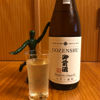
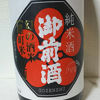
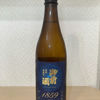
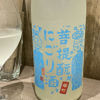
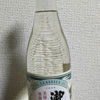
Popular Comments
At home.
First time to drink Gozenshu, first time to drink Okayama Prefecture.
The aroma is "the sake" and the alcohol is strong.
However, on the second day, the sweetness and umami of the rice became stronger, and the alcohol feeling became mellow. It has transformed to be delicious and easy to drink.
The taste changes as time goes by, and recently I have been drinking a lot of sake with this feeling, and I strongly feel the depth of sake.
Japanese>English
(゜▽゜*)さて さて さて
I bought it at the sake shop Yamaya.
It is one of the two bottles of 1500 yen 😁 for life support. It's the first time I've had Gozenshu. It is made from 60% Omachi and 65% polished rice. The taste is solid, classic and delicious.
Japanese>English
We received Gozenshu from Okayama Prefecture.
It is said to be the oldest traditional sake brewing method in Japan, called "Bodhi Hashiroshi.
But it is a modern sake, not traditional.
It had a pineapple-like fruity flavor, and although it seemed thin on the first day, by the third day it had a rich sweetness with a clean aftertaste.
Glad I didn't drink it all on the first day😊.
Japanese>English
Brands from Tsuji Honten
Similar Brands
We analyze the flavors based on everyone's comments and select similar brands.
TakaSimilar Characteristics
Location
116 Katsuyama, Maniwa, OkayamaOpen in Google Maps
Related Articles
御前酒蔵元 辻本店が"女性が醸し女性の縁でとりもつ女性のための日本酒"「木花咲耶姫」を、日本酒の日である10/1(日)に一斉発売 | 日本酒専門WEBメディア「SAKETIMES」
 御前酒蔵元 辻本店(岡山県真庭市)は、女性が醸し、女性の縁でとりもつ、女性のための日本酒「木花咲耶姫(このはなSAKETIMES | 日本酒をもっと知りたくなるWEBメディア
御前酒蔵元 辻本店(岡山県真庭市)は、女性が醸し、女性の縁でとりもつ、女性のための日本酒「木花咲耶姫(このはなSAKETIMES | 日本酒をもっと知りたくなるWEBメディア「オール雄町」への切り替えを決断。蔵元姉弟が挑む酒蔵改革の軌跡 - 岡山県・辻本店(御前酒) | SAKE Street | プロも愛読の日本酒メディア
 岡山県真庭(まにわ)市の辻本店は、今季(2022BY)の酒造りから、蔵で造るすべての酒に使う米を雄町だけに絞るという決断に踏み切りました。酒造好適米として高い評価を受ける雄町は大半が岡山県で栽培されており、県内の酒蔵の多くが雄町を使ってきましたが、大吟醸から普通酒まですべてを雄町だけにするのは辻本店が初めてです。 「オール雄町蔵」の一番乗りを果たす旗振り役となったのは、辻本店の辻総一郎社長と辻麻衣子杜氏の姉弟です。20年前に相次いで蔵に戻ってきた二人が推進してきた蔵の改革の、総仕上げとなる今回の決断に至る経緯を追いました。SAKE Street | プロも愛読の日本酒メディア
岡山県真庭(まにわ)市の辻本店は、今季(2022BY)の酒造りから、蔵で造るすべての酒に使う米を雄町だけに絞るという決断に踏み切りました。酒造好適米として高い評価を受ける雄町は大半が岡山県で栽培されており、県内の酒蔵の多くが雄町を使ってきましたが、大吟醸から普通酒まですべてを雄町だけにするのは辻本店が初めてです。 「オール雄町蔵」の一番乗りを果たす旗振り役となったのは、辻本店の辻総一郎社長と辻麻衣子杜氏の姉弟です。20年前に相次いで蔵に戻ってきた二人が推進してきた蔵の改革の、総仕上げとなる今回の決断に至る経緯を追いました。SAKE Street | プロも愛読の日本酒メディア「御前酒」の蔵元・辻本店が「~みんなで造った真庭のお酒~ 御前酒 雄町日和」を4/24(火)に発売開始 | 日本酒専門WEBメディア「SAKETIMES」
 「御前酒」の銘柄で知られる蔵元、株式会社辻本店(岡山県真庭市)は、「~みんなで造った真庭のお酒~ 御前酒 雄町SAKETIMES | 日本酒をもっと知りたくなるWEBメディア
「御前酒」の銘柄で知られる蔵元、株式会社辻本店(岡山県真庭市)は、「~みんなで造った真庭のお酒~ 御前酒 雄町SAKETIMES | 日本酒をもっと知りたくなるWEBメディアTimeline
御前酒雄町3部作〜酵母編〜【5】きょうかいレトロ酵母
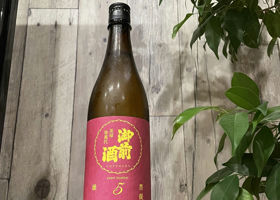
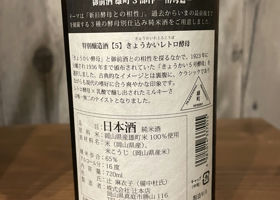
御前酒1859 雄町 菩提酛 生
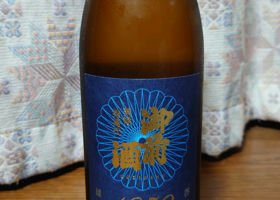
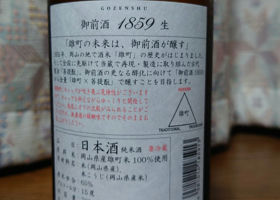
フリーター一代男
Sake No. 2 purchased at Tsudanuma Seven: I have not had much luck with Okayama sake, but I finally encountered it here. The name itself is often seen at Sake-no-wa, so I didn't hesitate.
The label on the back of the bottle says "MODERN," and the juicy, fruity flavor was delicious. I am sure it was delicious, but it tasted quite different from other sake I have had in the past, probably due to the Bodai origin 🤔🤔🤔I had to drink it again to solve this mystery 🤔🤔🤔...
Japanese>English
ジェイ&ノビィ
Good evening, freelancer first generation man 😃😃.
Congratulations on your first Gozenshu and your first Okayama sake ㊗️ 🎉We have only had Gozenshu with Sandesi from Drinking Iron🚃, but Kochira is modern 🤗I'm curious about the mystery that remains after drinking a bottle of it!
Japanese>English
フリーター一代男
Good morning, Jay & Nobby ^^^^.
This is my first time in Okayama. Thank you very much! It says "modern" so I guess it is modern, but I wasn't sure because it seemed quite unique 😅 but it was delicious 😋.
Japanese>English
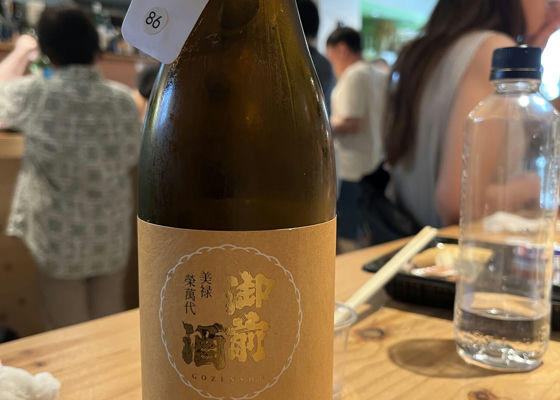
御前酒菩提酛にごりライト
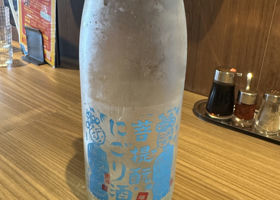
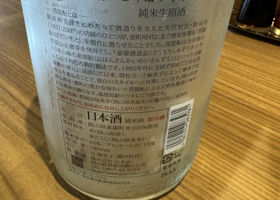
3GAwKwm5YK
Slightly fruity aroma
Slightly fruity aroma
Slightly fruity aroma, sweetness, and a tangy, squashy sensation in the mouth.
The sweetness is quite strong.
Some bitterness, but the sweetness lingers on for a long time.
Delicious!
Like a dessert!
Serve with liver
Even when served with liver, it has a strong flavor and the liver tastes delicious without being fishy.
Japanese>English
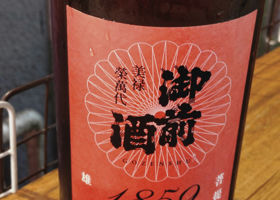
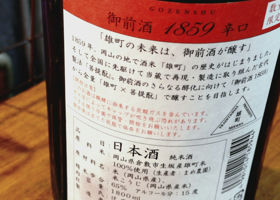
daniel0120
Kirei, dry.
Something comes through the nose
easy to drink
Japanese>English

うぴょん(豊盃こそ至高)
Ingredients : Rice, Rice malt
Alcohol Content: 15
Sake meter degree: +4.0
Acidity: 2.2
Rice type:Omachi
Rice polishing ratio:65
In the midst of my boom for dry sake, I found a dry sake made with Bodai yeast. I am not a big drinker in Okayama, so let's see how dry it really is!
It has a slightly sweet aroma of dairy products, and the soft mouthfeel brings a sweet taste of Japanese pear, which is typical of Omachi, as well as umami and bitterness that cling to this sweet taste. It also has a slightly tangy feel. The acidity is intertwined with this, creating a marriage of flavors. The taste is complex, but it is moderate, and the aftertaste, the sharpness, leaves a strong impact. It may seem surprising, but personally, I felt it was like a cold chrysanthemum with little self-assertion. However, its lightness may be superior to that of Garakudai, which claims to be a modern dry sake. Gozenshu's dry taste may be addicting to those who are addicted to it. Please give it a try. Thank you again for your patronage tonight!
Japanese>English
御前酒1859 辛口

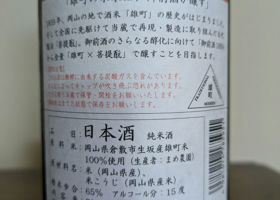
jiiii
The owner of the liquor store recommended it on social media as "very good".
It says it is dry, but it is easy to drink with fruity and good acidity.
It was delicious.
Japanese>English


にーさん
Omachi Trilogy - Yeast Version
Alcohol 12
Polishing rice 65
Gozenshu, a sake we have not had much luck with
It is a sake from Okayama, and is made from Omachi, a famous sake produced in Okayama.
It has a strong aroma due to the use of malic acid. It has the sweetness of Omachi, but also the slight complexity of 65% in the aftertaste.
This was the first time for me to try this sake, and I found it to be quite a nice one.
Japanese>English
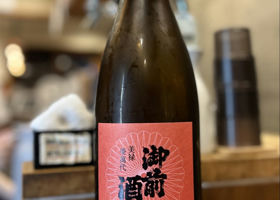
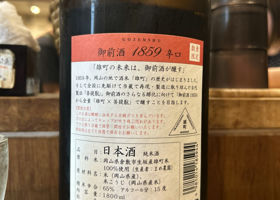


やっさん
Cold sake good
Warmed sake is also good
Thank you for the food!
Japanese>English
御前酒雄町 特別醸造酒 協会レトロ酵母(5)
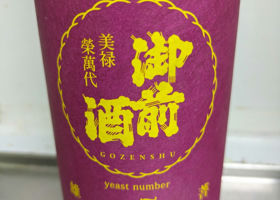
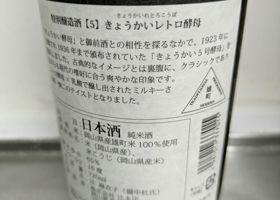
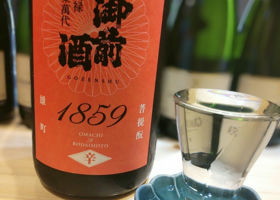
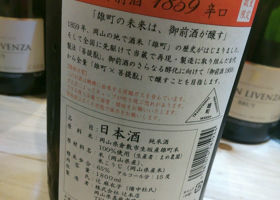


いーじー
Last week, the Hanshin championship sale was on, and the department store was offering a 10% discount on tasting sale items.
It's been a long time since I've tasted Gozenshu, Okayama sake.
Cold sake.
Salty aroma of plum sour and grain aroma
Gentle umami
Sourness that lingers on the tongue afterwards.
Impression of glamorous Omachi sake rather than full-bodied Omachi sake
Japanese>English
御前酒美禄 榮萬代 特別醸造酒 5 きょうかいレトロ酵母
いっち
Rich rice flavor
3☆3
Japanese>English
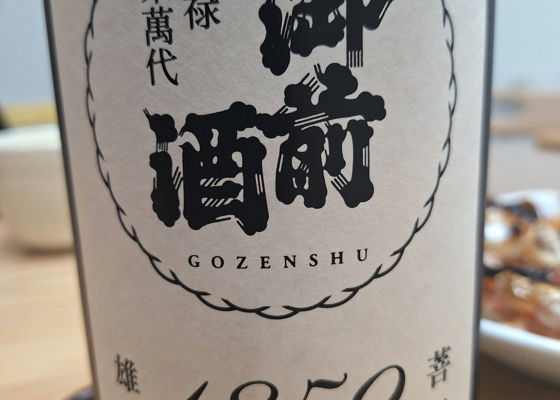
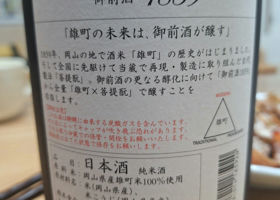
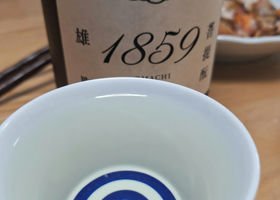
にこちゃん
Forgot to upload
Japanese>English
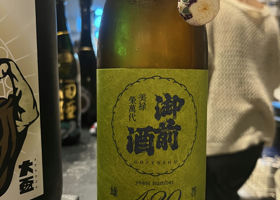
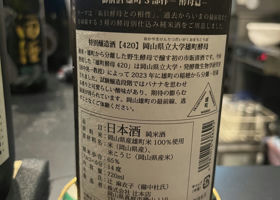
Kayo
Try the Bodhi Hashiroshi drinking comparison.
Unexpectedly refreshing
The banana aroma is very obvious.
The sweetness of Omachi rice is also present, so it is like you want to drink it slowly.
Japanese>English
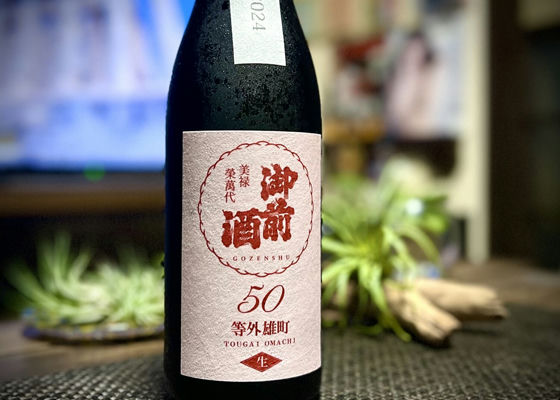
ch-072
Bodhi yeast yeast with ice storage
Freshness and freshness
Freshness, freshness, freshness, freshness, freshness, sweetness, slight gassiness, modern taste
Omachi from Okayama Prefecture (out of the best rice) 50%, 16%.
Japanese>English